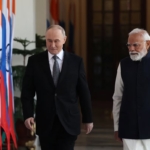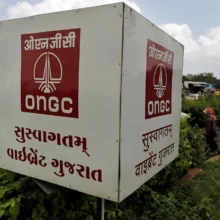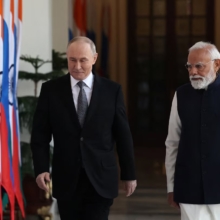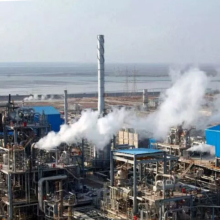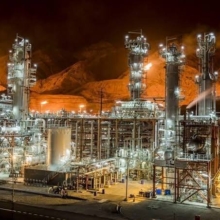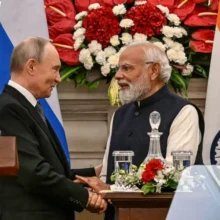Global Crude Oil Price Today October 31
Brent crude oil prices rose to $ 72, 66 cents

Brent crude futures gained 11 cents, or 0.15%, to $72.66 a barrel by 0805 GMT. U.S. West Texas Intermediate crude futures climbed 13 cents, or 0.19%, to $68.74 per barrel.
RoydadNaft – Oil prices edged up on Thursday, extending the previous day’s rally, driven by optimism over U.S. fuel demand following an unexpected drop in crude and gasoline inventories, while reports that OPEC+ may delay a planned output increase offered support.
Brent crude futures gained 11 cents, or 0.15%, to $72.66 a barrel by 0805 GMT. U.S. West Texas Intermediate crude futures climbed 13 cents, or 0.19%, to $68.74 per barrel.
Both contracts rose more than 2% on Wednesday, after falling more than 6% earlier in the week on the reduced risk of a wider Middle East conflict.
U.S. gasoline stockpiles fell unexpectedly in the week ending Oct. 25 to a two-year low on strengthened demand, the Energy Information Administration said, while crude inventories also posted a surprise drawdown as imports slipped.
Nine analysts polled by Reuters had expected an increase in gasoline and crude inventories.
“The surprise decline in U.S. gasoline stockpiles provided a buying opportunity as demand appeared stronger than anticipated,” said Toshitaka Tazawa, an analyst at Fujitomi Securities.
“Expectations of a potential delay in the OPEC+ production increase were also supportive… If they do delay, WTI could recover to the $70 level,” he said.
Reuters reported OPEC+, which groups the Organization of the Petroleum Exporting Countries and allies such as Russia, could delay a planned oil production increase in December by a month or more because of concern over soft oil demand and rising supply.
The group is scheduled to raise output by 180,000 barrels per day (bpd) in December. It had already delayed the increase from October because of falling prices.
A decision to postpone the increase could come as early as next week, two OPEC+ sources told Reuters.
OPEC+ is scheduled to meet on Dec. 1 to decide its next policy steps.
Manufacturing activity in China, the world’s biggest oil importer, expanded in October for the first time in six months, suggesting that stimulus measures are having an effect.
Markets are awaiting the results of the U.S. presidential election on Nov. 5 as well as further details of China’s economic stimulus. Reuters reported that China could approve the issuance of over 10 trillion yuan ($1.4 trillion) in debt over the next few years on the last day of its Nov. 4-8 parliamentary meeting.
In the Middle East, Lebanon’s prime minister expressed hope on Wednesday that a ceasefire deal with Israel would be announced within days as Israel’s public broadcaster published what it said was a draft agreement providing for an initial 60-day truce.
The push for a ceasefire for Lebanon is taking place alongside a similar diplomatic drive to end hostilities in Gaza.
But the market impact is likely to be muted.
“Most of the Middle East geopolitical risk was stripped out of the oil price after Israel’s response to Iran over the weekend,” IG market analyst Tony Sycamore said.
Iran said that Israeli strikes on Saturday, in retaliation for Iran’s Oct. 1 attack on Israel, caused only limited damage.


